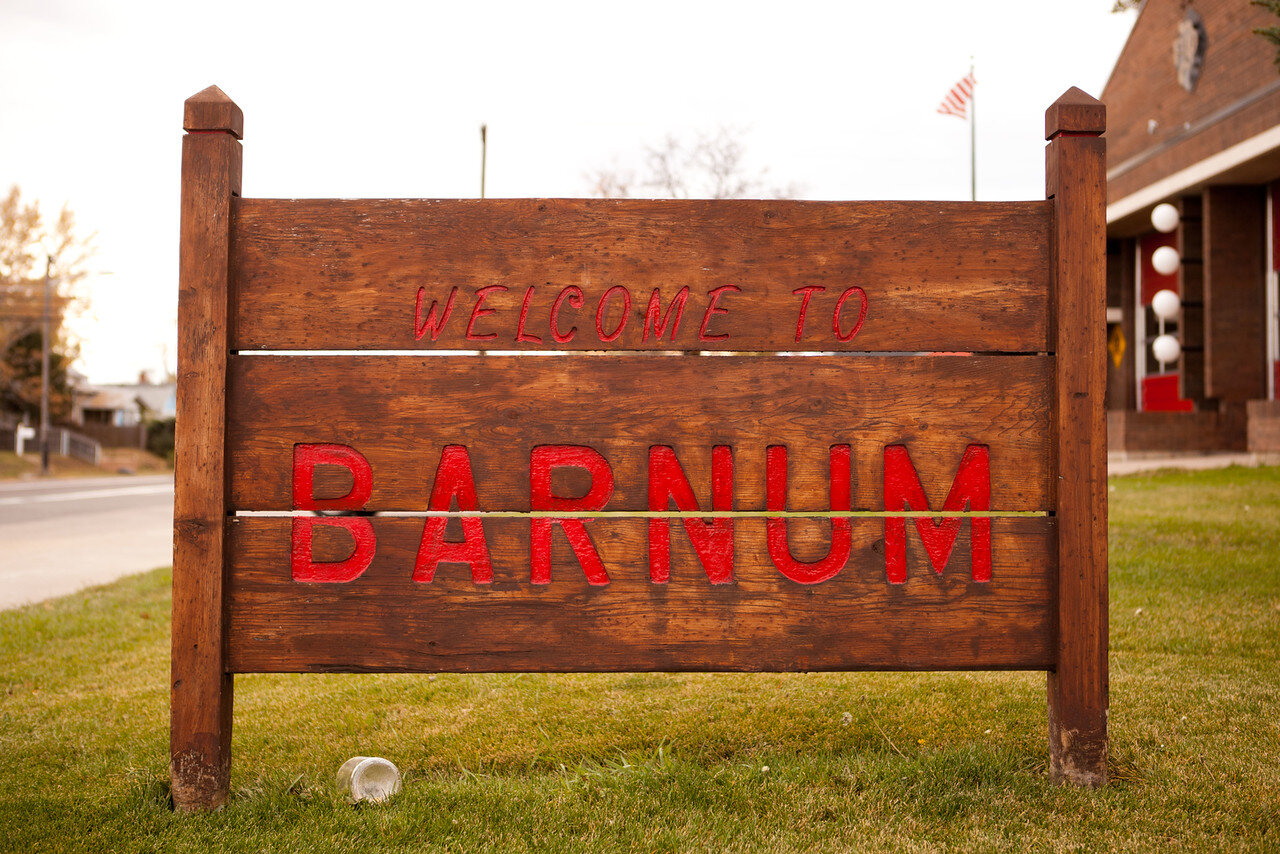
Barnum
In 1878 master showman P. T. Barnum purchased a tract of land on the western edge of Denver. Over 130 years the area has developed into a robust neighborhood with a population that is more than 75 percent Hispanic. This community of young first-generation and immigrant families today welcomes newcomers from all over the world.
History
Barnum began as a nineteenth-century Denver suburb, developed as a haven for working-class families. P. T. Barnum’s involvement with his namesake’s development has become part of Denver folklore, especially in the durable legend of the showman’s plan to establish a winter home for his circus in the city. Beginning in the 1950s, large numbers of Hispanic residents, whether from long-established Colorado families relocating to jobs and opportunities in Denver or relatively new immigrants from Mexico, began to make Barnum a distinctly Hispanic neighborhood. In 1950, just ten percent of Barnum’s residents were Hispanic; three decades later, in 1980, a majority of its residents (50%) were Hispanic.
Today
Today’s Barnum remains a neighborhood of families, now mostly Hispanic (some 75%) [2016] and of modest means, with an average household income of $45,686 [2016] compared to the average Denver Metro income of $78,739 [2018]. More than half of Barnum’s housing is owner-occupied, and the rate of Hispanic home ownership in the neighborhood is substantially higher (57.82%) [2016] than for the rest of Denver (11.30%) [2013]. Barnum remains a vibrant working class neighborhood, as it has been for more than a century.
Source: Denver Public Library: Western History & Genealogy Department
More Info: The Piton Foundation - Barnum The Piton Foundation - Barnum West
More Info: Metro Denver-Demographics
Barnum Neighborhood Stats
Other Neighborhoods
Barnum | Elyria | Globeville | La Alma/Lincoln Park | Swansea | Villa Park | West Colfax | Westwood


